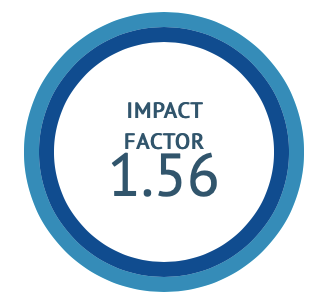Effect of Jayantyadi Churna in the Management of Medoroga – A Case Study
DOI:
https://doi.org/10.47552/ijam.v16i2.5482Keywords:
Apatarpan Chikitsa, Jayantyadi Churna, Medoroga, ObesityAbstract
Introduction:The global burden of lifestylediseases is rising steeply in the modern period. Sedentary lifestyleis the result of modernization and the advancement of science and technology. One of the main lifestyle disorders that affect a person's physical, emotional, and social well-being is obesity, often known as being overweight (Sthoulya). In this case report, Ayurveda intervention in sthaulya is reported. Thirty-seven-years old obese female presented with gradual increase in body weight along with dyspnea on minimal exertion, bad body odour, excessive hunger and thirst, fatigue and bilateral knee joint pain to Mahatma Gandhi Ayurveda College Hospital and Research Centre, Wardha, Maharashtra,India. Aim: To evaluate the effect of Jayantyadi Churna in the Management of Medoroga Methodology: The patient was given Ayurveda treatment in the form of Jayantyadi Churna along with diet and physical activity for six months. The patient was assessed for improvement in signs and symptoms of obesity. Results: Jayantyadi Churna along with diet and physical activity is found to be effective in the management of Medoroga (obesity).
Downloads
Published
How to Cite
Issue
Section
License
Copyright (c) 2025 International Journal of Ayurvedic Medicine

This work is licensed under a Creative Commons Attribution-NonCommercial-ShareAlike 4.0 International License.
The author hereby transfers, assigns, or conveys all copyright ownership to the International Journal of Ayurvedic Medicine (IJAM). By this transfer, the article becomes the property of the IJAM and may not be published elsewhere without written permission from the IJAM.
This transfer of copyright also implies transfer of rights for printed, electronic, microfilm, and facsimile publication. No royalty or other monetary compensation will be received for transferring the copyright of the article to the IJAM.
The IJAM, in turn, grants each author the right to republish the article in any book for which he or she is the author or editor, without paying royalties to the IJAM, subject to the express conditions that (a) the author notify IJAM in advance in writing of this republication and (b) a credit line attributes the original publication to IJAM.




